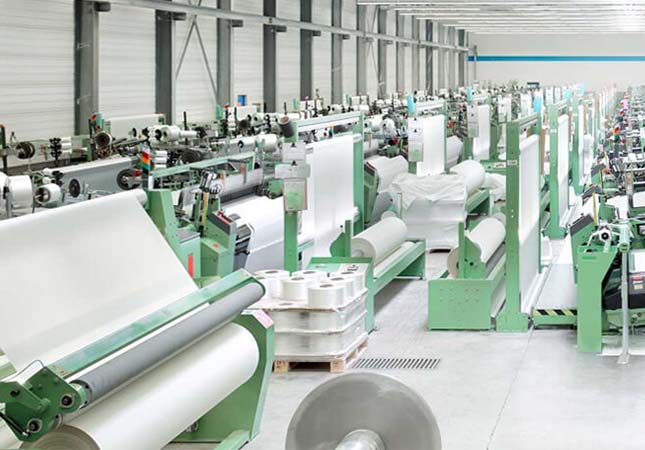The textile machinery industry is continuously confronted with evolving challenges driven by the changing demands of the textile sector. One of the foremost hurdles lies in staying abreast of the latest advancements and technologies emerging in the textile industry. Furthermore, competition from other sectors, like clothing and footwear industries, poses an additional test for the textile machinery industry. Moreover, seeking out novel markets to expand their products and services remains a significant challenge for this industry.

Opportunities for Newcomers
The textile machinery industry is in a perpetual state of evolution, constantly generating new technologies and processes. This dynamic environment offers enticing prospects for newcomers to engage in the latest innovations and become frontrunners in textile production.
There exist several avenues for individuals to enter the textile machinery industry. An effective approach is to join an established company involved in manufacturing textile machinery. This opportunity enables newcomers to acquire valuable experience in the manufacturing process while immersing themselves in the realm of cutting-edge technologies and processes.
An alternative approach to participate in the textile machinery industry is by establishing your own company. This presents an excellent opportunity to spearhead innovation within the industry, as you can develop your own distinctive products and processes. However, prior to embarking on this endeavor, it is crucial to conduct comprehensive market research and ensure a viable demand exists for your envisioned products or services. By undertaking these essential steps, you can position your company for success in this ever-evolving industry.
Emerging Technologies in the Textile Machinery
The textile machinery industry is in a perpetual state of evolution, driven by the continuous development of new technologies. This progression is evident through the consistent introduction of cutting-edge machines to the market. Notably, several emerging technologies are currently making a significant impact on the textile machinery industry:
1. 3D printing: This innovative technology is revolutionizing textile production by enabling the creation of prototypes and customized small batches of textile products. It also facilitates the generation of intricate patterns and designs on fabric.
2. Augmented reality: With the help of augmented reality, virtual showrooms are being established where customers can visualize textile products in their intended spaces. Designers also employ this technology to craft virtual prototypes before translating them into physical forms.
3. Blockchain: This transformative technology has the potential to revolutionize transactions within the textile industry. Blockchain's implementation can enhance supply chain transparency by effectively tracking the origin and ethical sourcing of fabrics and other textile materials.
4. Drones: Drones have found versatile applications within the textile industry, serving purposes like fabric inspection, supply delivery, and even fabric weaving in certain cases.
These emerging technologies are instrumental in enhancing the efficiency and efficacy of the textile machinery industry. Moreover, they create fresh opportunities for businesses operating within this sector, fostering a landscape of progress and innovation.
Conclusion
The textile machinery industry has made remarkable strides in embracing novel technologies and innovations, propelling it to new heights. The integration of computer-integrated design (CAD/CAM) software, coupled with advancements in robotics, automation, and controls, has revolutionized production processes. As a result, manufacturers now enjoy faster production times, unprecedented levels of accuracy, and enhanced precision. By harnessing these advancements alongside dynamic process management systems, the industry has achieved substantial output amplification while simultaneously reducing costs. Undoubtedly, the future holds immense promise and excitement for this dynamic field.




